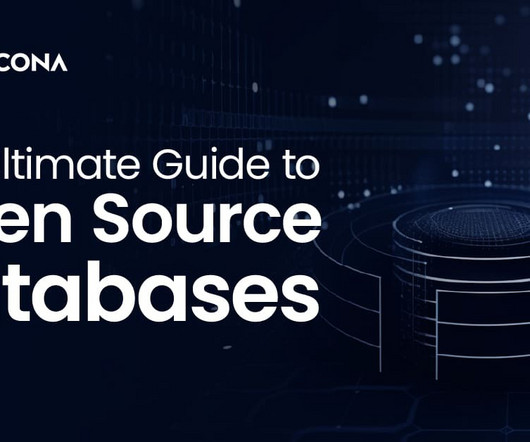Kubernetes in the wild report 2023
Dynatrace
JANUARY 16, 2023
As Kubernetes adoption increases and it continues to advance technologically, Kubernetes has emerged as the “operating system” of the cloud. Kubernetes is emerging as the “operating system” of the cloud. Kubernetes is emerging as the “operating system” of the cloud. Kubernetes moved to the cloud in 2022.












Let's personalize your content